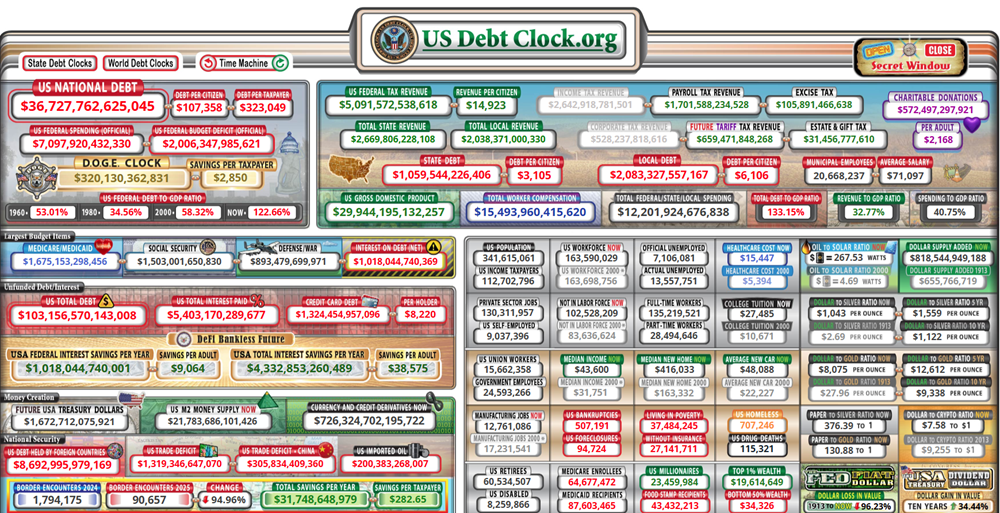On March 12, Rep. Tom Suozzi (D-NY), a member of the tax-writing House Ways & Means Committee, introduced a bipartisan bill, the WISH Act, that would create a public-private partnership to address the affordability of long-term care. The bill was cosponsored by Rep. John Moolenaar (R-MI).
The WISH Act would create a federal catastrophic long term care insurance program that would provide benefits to participating individuals after a period of one to five years (depending on the participant’s income level). As it was originally conceived several years ago, the benefit was proposed to be paid for by a payroll tax, but the 2025 version of the bill left open the question of how to pay for the benefit.
Rep. Suozzi described his legislation as a law that would create an incentive for the purchase of more affordable long-term care insurance. Because private coverage would be needed for only a period of one to five years, it would allow insurers to price the coverage with more certainty and at less expense, Rep. Suozzi says. A description of the bill stated that “after an elimination period of 1-5 years based on income, during which Americans would be expected to cover their own care through private insurance or otherwise, disabled seniors would receive a monthly benefit from the federal government to assist with long-term care costs. This proposal will incentivize private insurers to offer more affordable products and increase public awareness of the need to plan for long-term care costs before elderly individuals become disabled. This program will also reduce seniors’ need to spend down assets and qualify for Medicaid to afford care. By doing so, significant Medicaid savings would be created.”
Rep. Suozzi also hosted an LTC conference on April 7, aimed at building support for the WISH Act and for dealing with the problem of spiraling long-term care costs for a growing segment of the U.S. population. Speakers at the conference noted the millions of aging seniors who would be needing long-term care in the near future, and the pressing need to address the fact that most will not be able to afford the care they need. This, said the conference speakers, is not only a crisis for aging individuals and their family caregivers, but also for federal support programs like Medicaid.
Prospects: The WISH Act (or legislation similar to it) has been around for years—in some form or another as far back as the 1980s. However, aging Baby Boomers (and their kids, the Millennials, who will be on the hook in many instances for caring for them) are a growing segment of the population and so the issue may gain more traction this time around. However, creation of a new federal program, especially if it is financed by taxes, faces stiff political headwinds. So, it is unlikely that the WISH Act will be enacted this year—but the bill, and the push behind it, could lay the groundwork for action over the next few years.
NAIFA Staff Contacts: Diane Boyle – Senior Vice President – Government Relations, at dboyle@naifa.org; or Jayne Fitzgerald – Director – Government Relations, at jfitzgerald@naifa.org.






.png?width=600&height=90&name=Support%20IFAPAC%20%20(600%20%C3%97%2090%20px).png)
